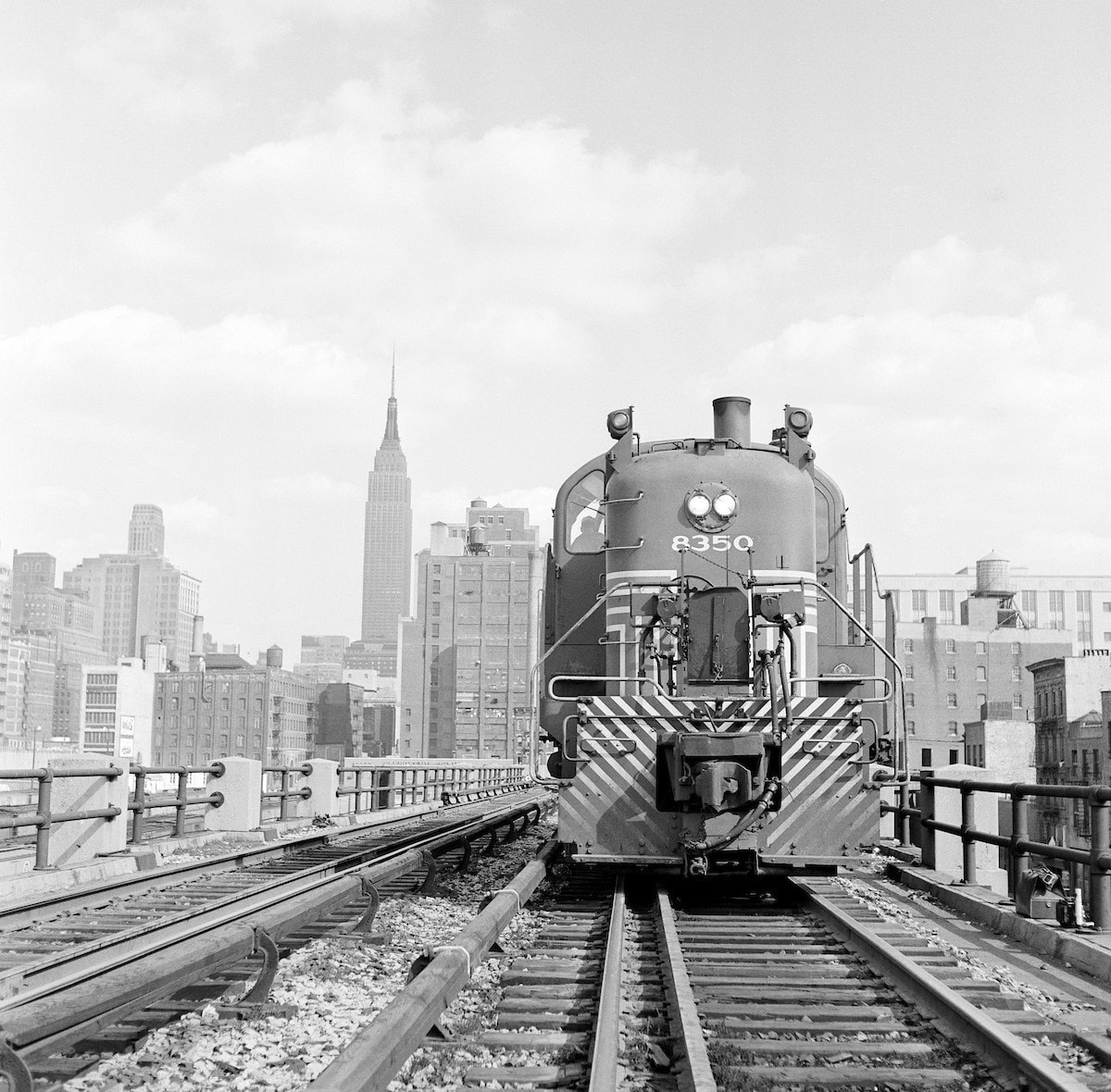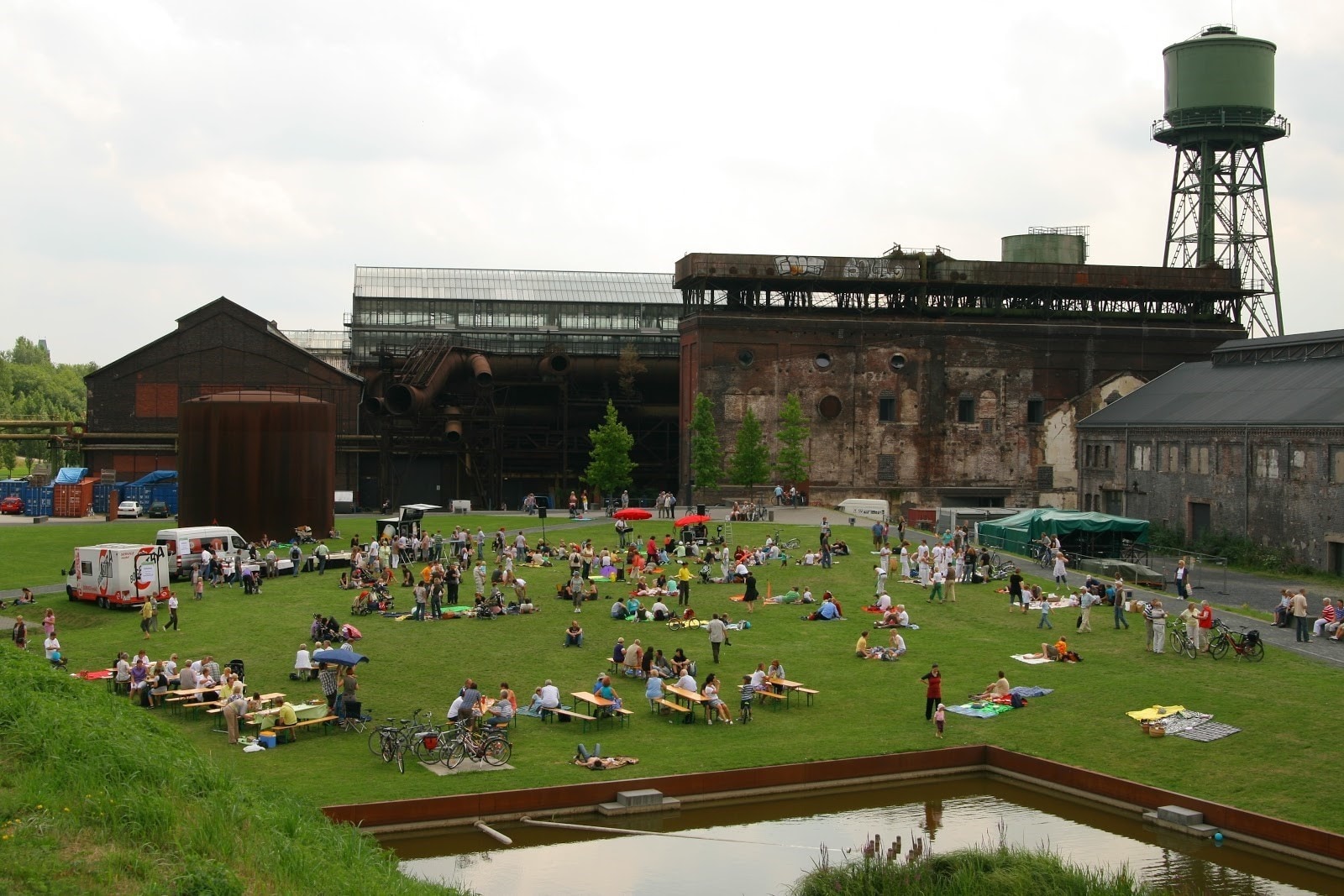↑ New York City’s High Line is one example of how cities around the world are transforming former industrial sites.

These public area transformations can be the most visible and valued actions that can help to “carry” less visible but also necessary ones in a holostic Smart City programme.
 by Katharine Rooney – 25 Nov 2019
by Katharine Rooney – 25 Nov 2019
How cities are transforming former industrial areas into urban parks
- 7.6 million people a year visit New York City’s High Line
- A giant landfill in Tel Aviv has become green space and recycling facilities
- Germany’s Ruhr industrial region is now home to a 450km² park
Cities around the world are revitalizing their industrial zones, with former warehouses and factories becoming prime real estate.
But what about more green space to keep children healthy, reduce our stress levels and support biodiversity?
Here’s a look at three inspiring examples of former industrial areas given a new lease on life as parks.
The High Line, New York City
In 2009, a unique park opened in New York on the site of an old industrial railway track. Once known as the West Side Elevated Line, it transported millions of tons of food across the city, cutting through factories on its way.
Once slated for demolition, the High Line is now home to public spaces and gardens with more than 500 species of plants. And 7.6 million people a year visit the the site and enjoy free community programmes, artwork and performances.


Ariel Sharon Park, Tel Aviv
In Tel Aviv, a massive garbage dump has been turned into a green space three times the size of New York City’s Central Park, as part of a large-scale environmental rehabilitation project.
Over 50 years, the former Hiriya landfill accumulated 16 million cubic metres of waste. Its transformation will incorporate wetlands and facilities for the recycling and treatment of waste, including tires, batteries, and construction materials, as well as a biogas fuelling station.
Once completed, the park will also include bike trails, sports fields, birdwatching sites and a 50,000-seat amphitheatre.


Emscher Landscape Park, Ruhr Valley
The Emscher Landscape Park stretches across 450km² of Germany’s Ruhr Valley, which was once the country’s industrial heartland, studded with factories and coal mines.
Its conversion to parkland began in 1989 and is still ongoing. Today, visitors can cycle along old railway tracks, picnic in disused steelworks and admire after-dark light displays in blast furnaces.
The river running through the park was once the dirtiest in Germany. Now, underground canals channel wastewater away, and the coal and lime that once fell from goods trains has made way for more than 240 plant and animal species.

Around the world, land degradation caused by human activity is putting 3.2 billion people at risk because of pollution, a loss of biodiversity and threats to food security, clean water and energy supplies.
Regeneration plays a critical role in protecting the planet – with help from parks like these.
View original article at www.weforum.org




Recent Comments